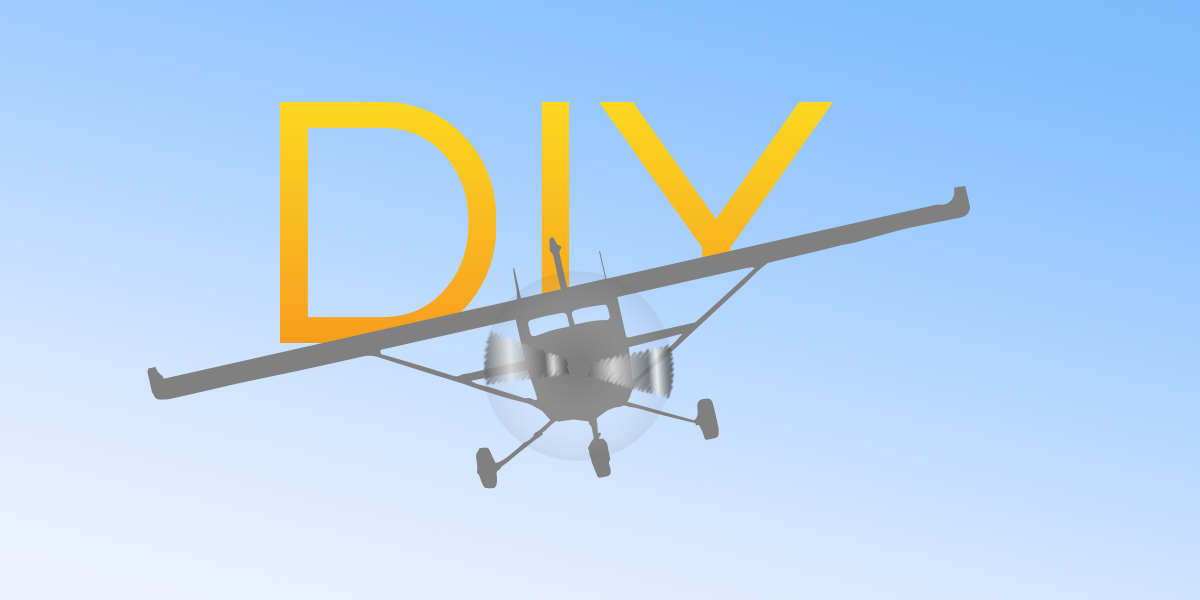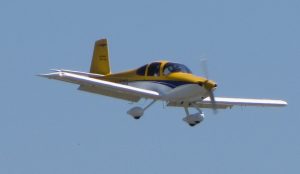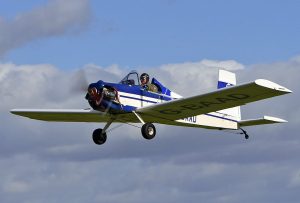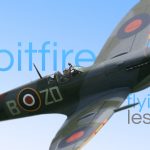
Apart from the sense of accomplishment from crafting your very own flying machine, homebuilt designs offer a greater variety of types, from sleek long range tourers, to aerobatic display machines, right through to replica wartime aircraft. You can even build your own 90% scale Spitfire!

In addition to sheer good looks compared to commercially available models, homebuilts also tend to offer greater capability – better speed and fuel economy – than factory-produced types. Highly fuel efficient designs utilising cutting edge technology have become more prevalent in recent years. In addition, maintenance will often cost significantly less; owners of homebuilt aircraft can more easily perform their own work compared to mass produced models, with significant cost savings. Whilst you cannot hire out or commercially produce a homebuilt design, training for your license is permitted. Students must be a solo or part owner of the aircraft, or an immediate family member of the owner. Some pilots have completed their aircraft before taking their first lesson!
In the UK, the regulation of homebuilt aircraft falls under the auspices of the Light Aircraft Association (LAA) who oversee the construction of approximately 100 new aircraft each year. Local member clubs provide a social side with fellow builders, as well as important engineering advice, knowledge, and classes. It’s a common assumption that homebuilders must also be engineers. This is not true, although of course it helps! Many builders have started off with no engineering qualifications at all, and acquired the necessary skills through courses conducted by the LAA. Each project, once formally registered with the LAA, will also have one of 400 or so inspectors assigned to it. The inspector will supervise the build at intervals, providing advice and knowledge to the new builder.

RV-10 Homebuilt Aircraft
Builders can elect to build an LAA-approved type, or submit their own design, with about 200 designs currently available in the UK. If you choose to produce your own, then an engineering background will certainly help! You’ll need to provide engineering test data, and the LAA will have the final word on whether to approve the type. However, the LAA is currently adding about 8 new designs to the approved list annually. Modifications to aircraft designs are also allowed, and generally easier than modifying a factory type. The scope for personalisation is certainly greater – most owners will customise their craft with extra luggage bays, LED landing lights, external GoPro mounts or different engines sizes as they see fit. Homebuilt aircraft also often boast avionics that would put airliners to shame; in addition to ‘glass cockpit’ instruments, autopilots, synthetic vision, and collision avoidance systems are becoming widespread. Adding USB charging ports and audio sockets for inflight music also seem to be popular!

VP-1 Homebuilt Aircraft
How you build your aircraft is up to you; full or part kits are available for purchase, or just the plans. Builders working to plans will source their own materials and equipment (subject to LAA approval). Builders should complete at least 51% of the aircraft themselves, otherwise the aircraft will be termed commercially constructed, with the massive extra cost that entails. Construction times vary – it’s not been unknown for some aircraft to be completed in under a year, but most projects will normally take a number of years for the part-time builder. You’ll need some form of workshop; whilst some parts can probably be constructed on your kitchen table, it’s generally advisable to have a larger ventilated and temperature controlled area (apart from the obvious problems of space, some resins and epoxies used can be temperature sensitive).
You’ll also need sufficient quantities of persistence and courage. Sadly, some aircraft projects are never completed, as the builder becomes disheartened with their progress (or lack thereof) or makes mistakes. Every project has a story to tell, complete with ups and downs – and most experienced builders will probably tell you to double any completion estimate! Stick with it – for those that see their project through to the end, the reward is often a highly capable, personalised aircraft with plenty of ‘ramp presence’.
Whether it’s turning heads as your arrive in your Mk 26B Spitfire, or cruising direct to Italy at 200 miles per hour in a Vans RV-10, or simply enjoying a summer evening’s bimble via the simplicity of the Evans VP-1 homebuilt aircraft offer some of the most interesting private flying, and open the door into a whole new world of aviation.
Happy homebuilt aviating!







